7. Cerbera

Brave for those who bought one, braver still for TVR, which decided that what it needed most in order to establish credibility in the marketplace was to abandon the strong, powerful, sweetsounding Rover V8s, which had provided such splendid service for so long, in favour of a new V8 designed exclusively for TVR by the somewhat eccentric Al Melling. The new engine, dubbed AJP8, was as long on power as it was short on manners. It was an engine designed according to racing principles, and while it provided the Cerbera with outstanding performance in both 4.2 and 4.5-litre guises, it is at least arguable whether it was a more suitable motor for a road car than the Rover unit. Construction issues aside, the rest of the Cerbera was great. Pay from £16,000.
8. Griffith 200/400

During the 1960s, Jack Griffith, who ran a tuning shop in the US, persuaded TVR to supply him with chassis in order to satisfy his desire to perpetuate the tradition, started by the AC Cobra, of powering very small British sports cars with very large American V8s. Like the Cobra, the Griffith gained its power from Ford and in race trim could provide close to GT40 outputs in a car with the wheelbase of a supermarket trolley. Prized by historic racers today and a devastating weapon on road or track, original Griffiths are probably the most desirable TVR production cars.We could find just one for sale at the moment in the UK: an FIA-approved racer priced at a cool £150,000.
9. Tuscan

One of TVR’s most successful cars wasn’t even road legal. Instead, the Tuscan racer was the subject of an extremely well-supported, highly regarded one-make race series that lasted for 16 years in its original form. Early Tuscans were powered by Rover V8s, but later cars featured TVR’s own AJP engines. Tuscans weren’t easy to drive in the dry and could be notoriously unforgiving in the wet, but a tight set of regulations meant you couldn’t buy speed or disguise a lack of talent; good drivers did well, journeymen did not. Today, and even if just used on track days, a Tuscan racer is ferocious and potent and suffers fools not at all. Pay from £25,000.
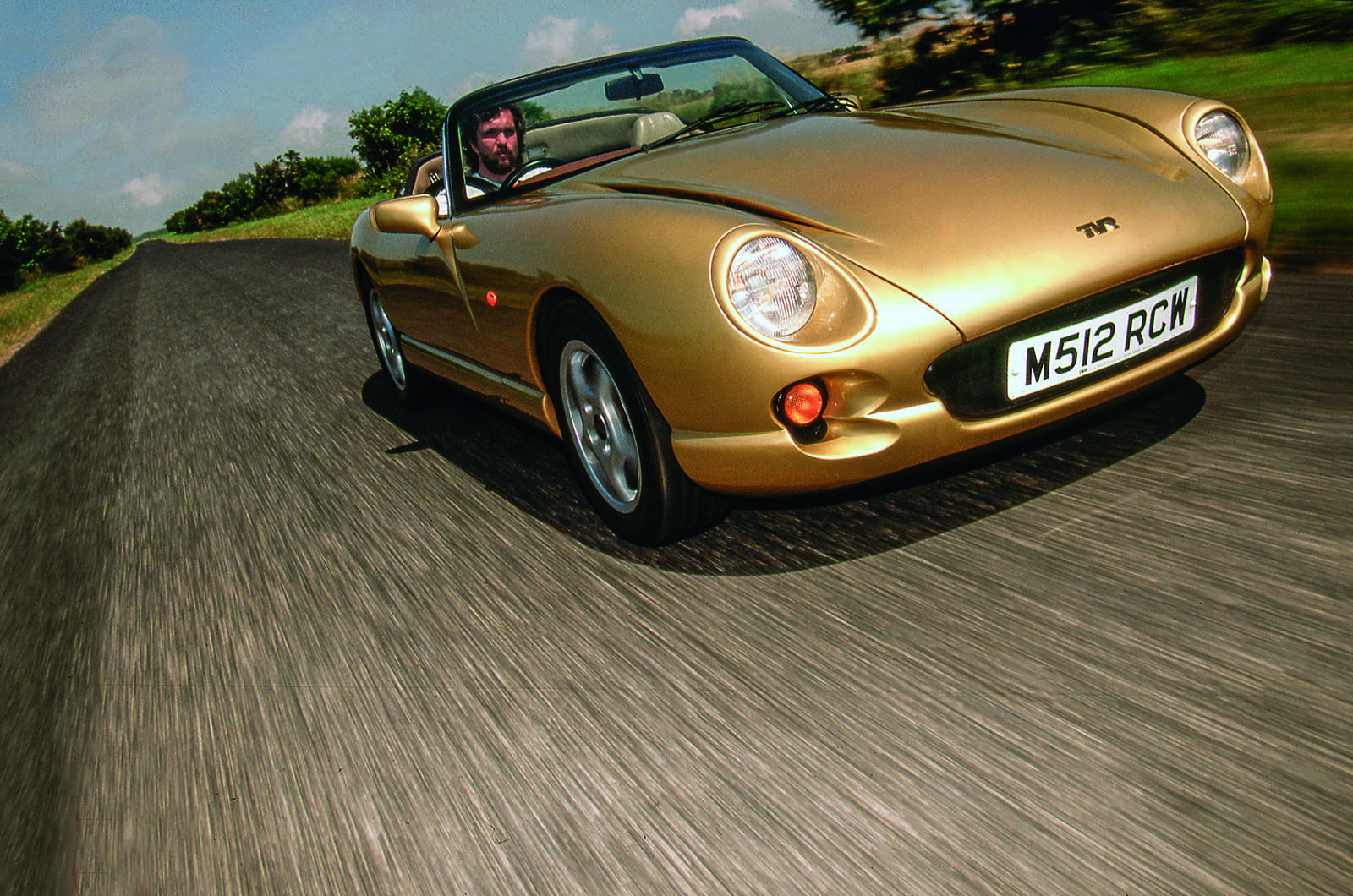
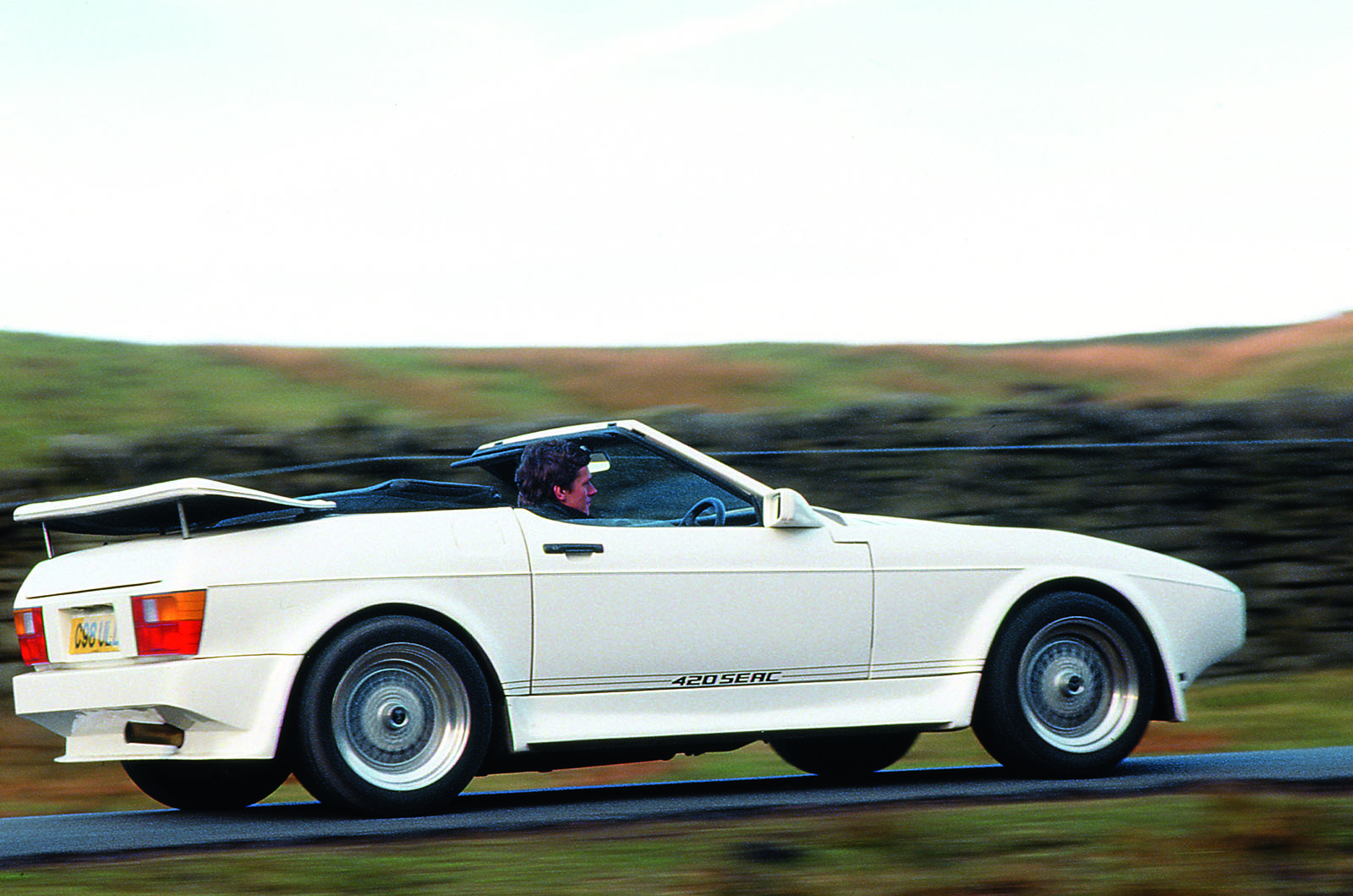

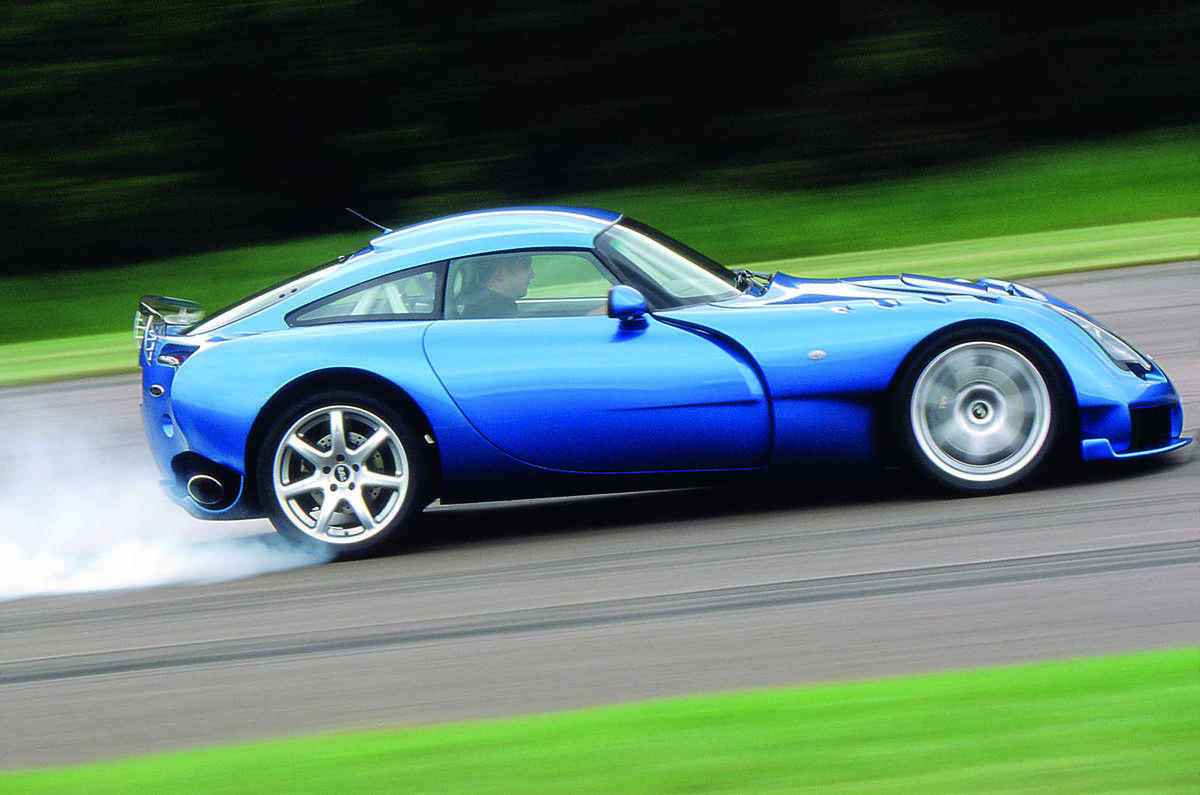


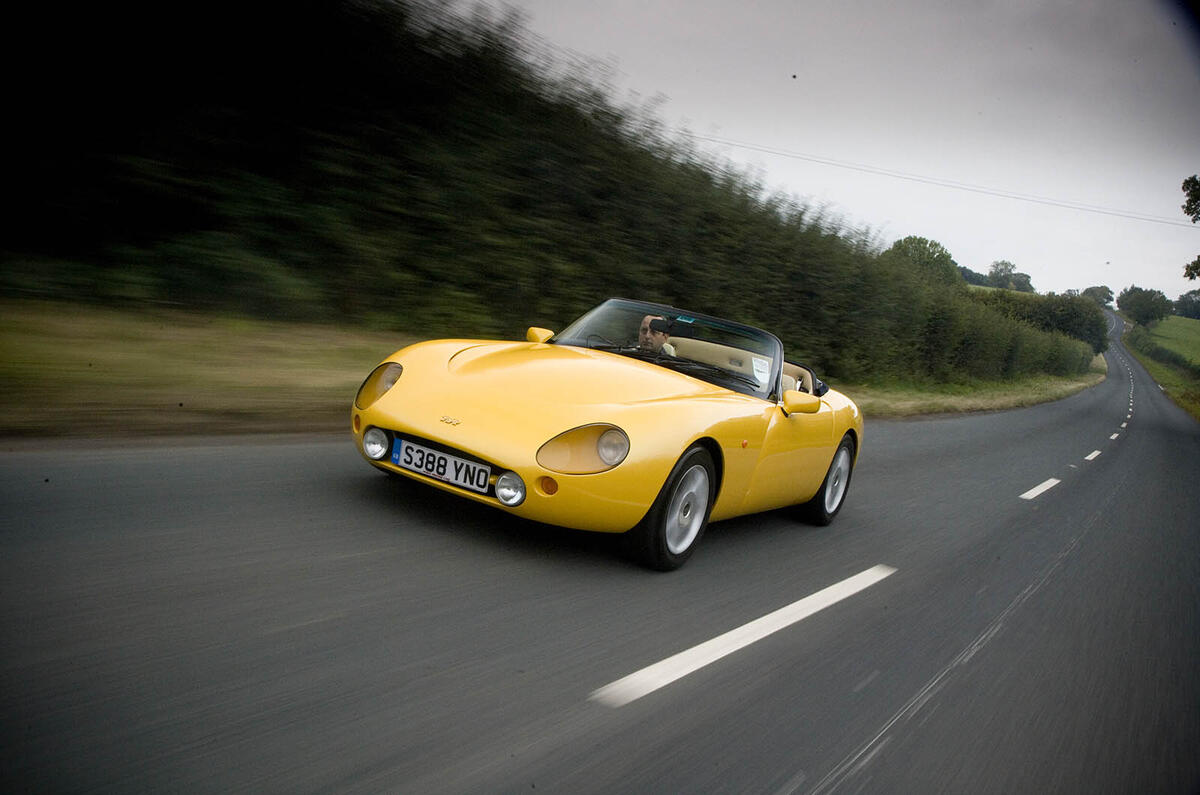


















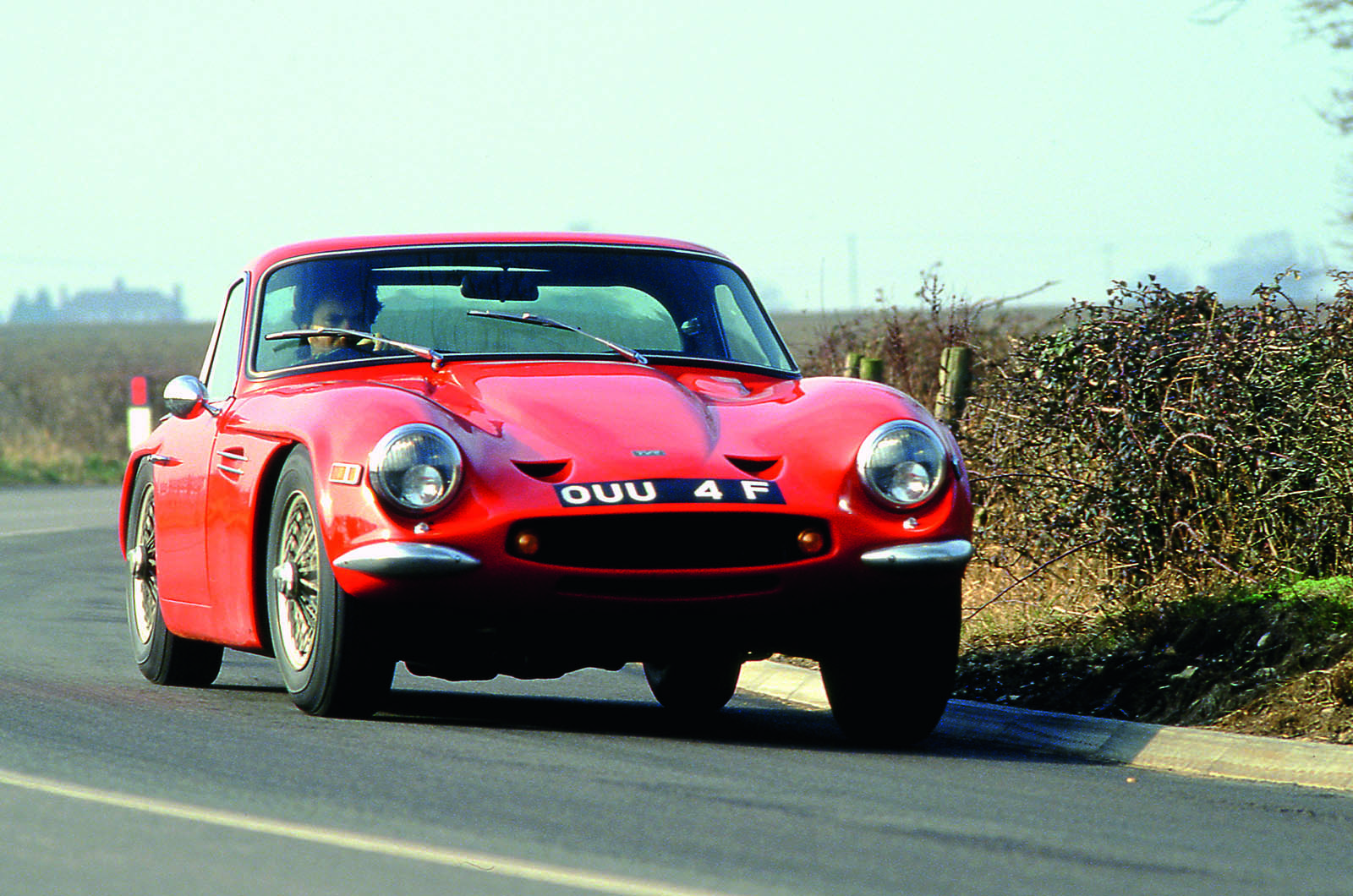








Join the debate
Add your comment
The T350...
with smaller diameter wheels, please. Never liked those overgrown rims.
Got to be Griffith for me
Hope TVR learns from the past
Next up I had a rare 4.3 big valve Chimaera, which was so much better, you wouldn't think it was even built in the same factory. Quick, practical and utterly reliable.
The only thing that I wasn't so keen about with the Chimare was the catalytic converters. So I went backwards a few months in production terms, and bought a 4.3 BV pre-cat Griffith, which I enjoyed so much, I kept it for 8 years. It was properly fast, reliable, and very journey was an event. When driving in the dark, the gentle flicker of flames spitting from both tailpipes on the overrun never gets old.
After 12 years with TVRs I sadly abandoned TVR for good because they took away the thing I cared about most - a conventional V8. Fragile and temperamental flat plane crank engines were not what I wanted to buy, so my money switched to AMG instead (and a '65 Mustang, but that's another story).
It will be interesting to see how quickly (assuming things go well) the relaunched TVR can get over the complete loss of the historic factory and staff that were such a big part of the "brand" in current parlance. The club weekends every year in Blackpool were legendary and will be missed for a long time, I suspect. The cars are still around in reasonable numbers, but ithere's no real link with the past apart from the logo.